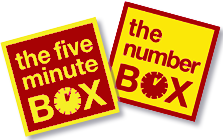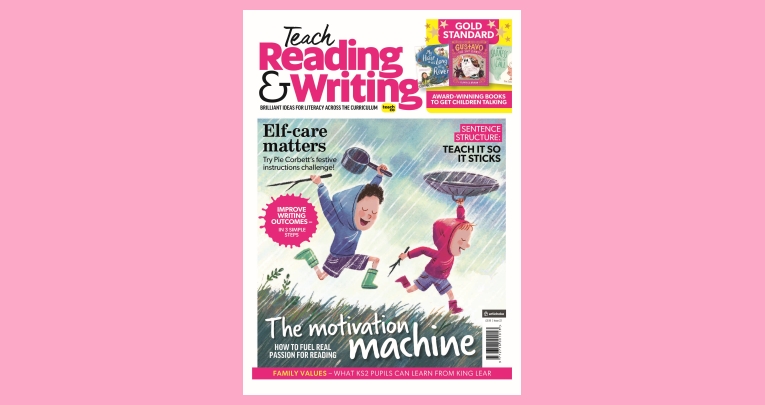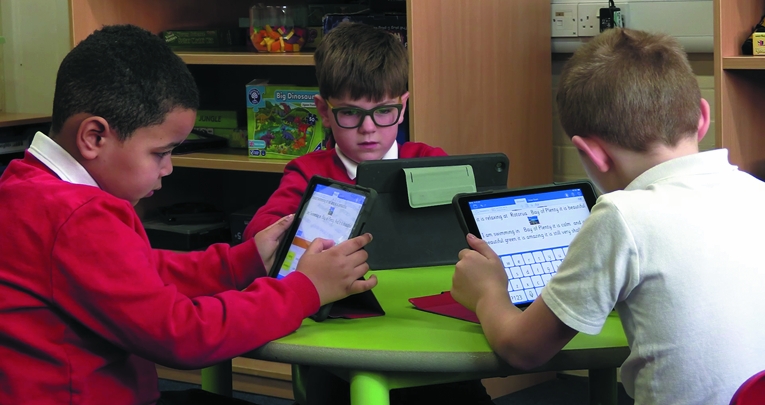Five Minute Box targeted interventions are designed to support those children who need it most and help identify potential traits of dyslexia or dyscalculia early on.
Established over 15 years ago and regularly updated, Five Minute Box interventions are used widely in primary, secondary and special education sectors.
Here, Fiona Gold, director of Five Minute Box and a qualified speech and language therapist, explains how to use Ten Minute Box interventions to support your pupils.
What is the Ten Minute Box?
We have two boxes designed to teach synthetic phonics. The Five Minute Literacy Box gives children a solid foundation by teaching them the first sounds of the English language, while the Ten Minute Box teaches the next stage of phonics learning: digraphs.
Lessons follow the same routine so you can efficiently focus on the objective, rather than the format. Each digraph is taught over two lessons, to reinforce learning and provide the opportunity to learn six words containing the digraph.
Why are digraphs challenging for some learners?
Digraphs can be particularly challenging for younger children and can continue to cause problems for older learners, especially if they have a specific learning difficulty or other additional needs.
First, they need to recognise two letters (like ‘ch’) are a digraph, then they must remember that ‘ch’ stands for the sound /ch/.
Finally, they must apply that knowledge to decoding words.
Until digraphs are grasped, pupils’ ability to read accurately and fluently will be compromised, and their comprehension and vocabulary development impaired.
Who is it suitable for?
Any learner who has mastered single sound phonics but has difficulties recognising digraphs and blending sounds.
This may include those showing signs of dyslexia, SLCN, dyspraxia or those with EAL, among other learning differences.
Ten Minute Box is appropriate for any age of learner. Students who find it hard to memorise sounds are helped by learning through all the senses.
Lessons can be taught by TAs, teachers or SENCos.
What makes it an easy resource to implement?
The Ten Minute Box uses the same structure to teach digraphs as Letters and Sounds, so it sits well alongside class-based learning.
Once purchased, there are no ongoing costs or subscriptions, making it reusable, great value and budget-friendly.
Everything you need is in the box to maximise your teaching time. Sessions can be timetabled for individual learners on a regular basis.
You don’t need the Five Minute Literacy Box to implement the Ten Minute Box.
How can progress be tracked?
The Ten Minute Box allows you to record both qualitative and quantitative information on student progress.
Detailed initial and summative assessments are included and these can be administered in sections, according to the learner’s attention and listening abilities.
The assessments are easily adapted to the level of each student, ensuring no gaps in learning.
A record of achievement allows professionals to monitor student progress in small increments on a session-by-session basis.
Key points
- Ten Minute Box is suitable for learners from KS1 up to and including secondary school
- Open the box, read the instruction manual and you’re ready to go – no photocopying or searching for resources
- Trial any Five Minute Box intervention for free and see the results
Find out more by calling 01442 878629, emailing info@fiveminutebox.co.uk or visiting fiveminutebox.co.uk.











